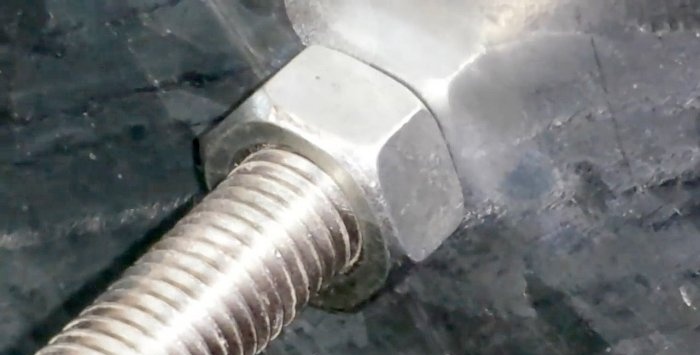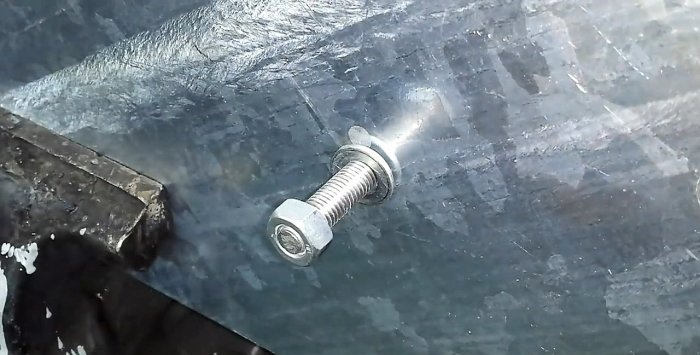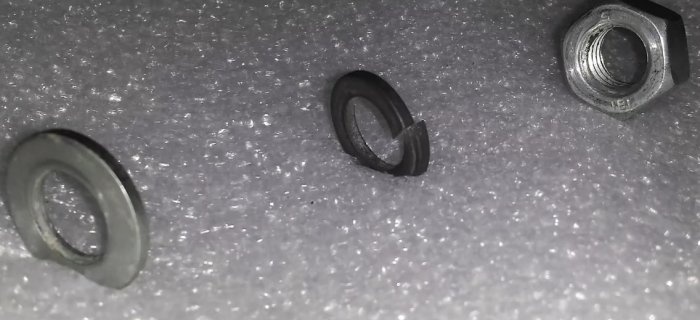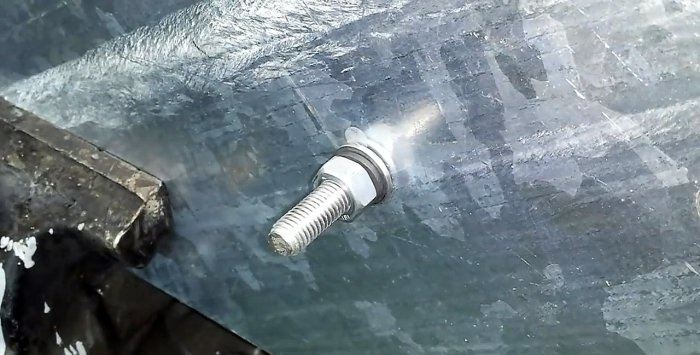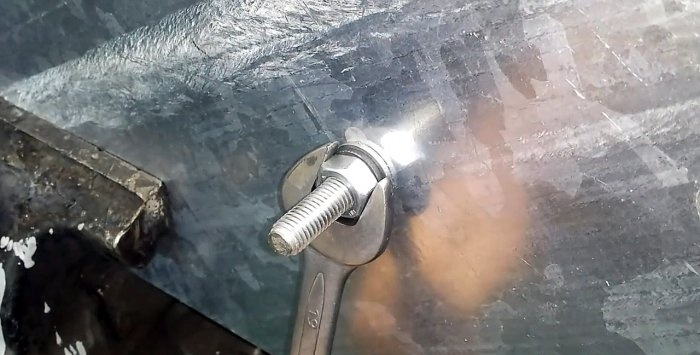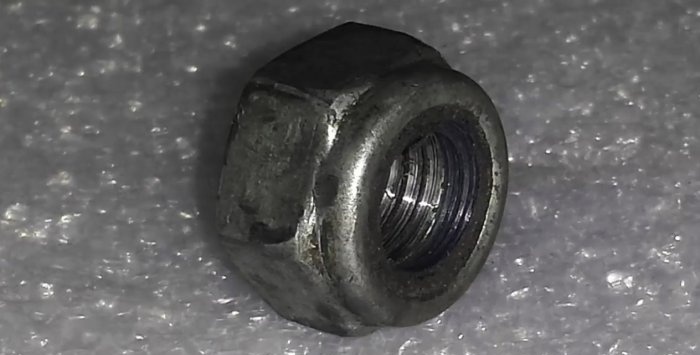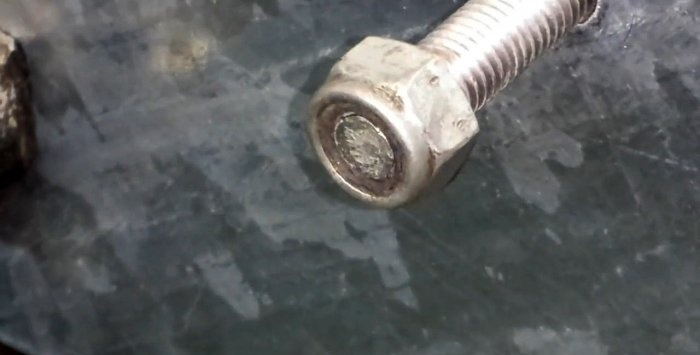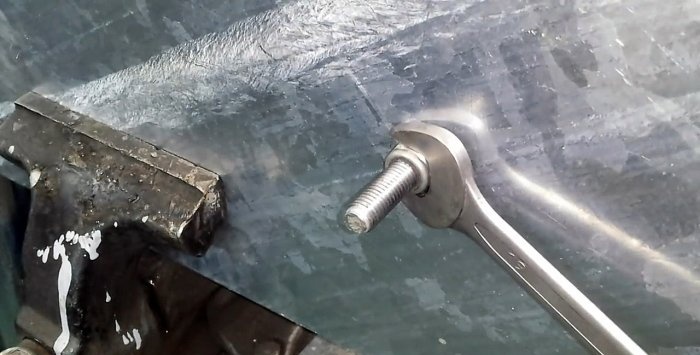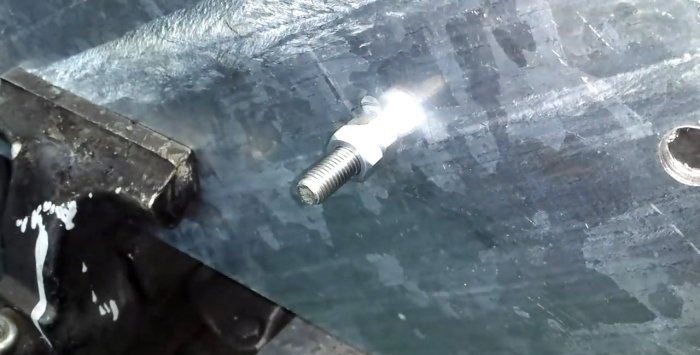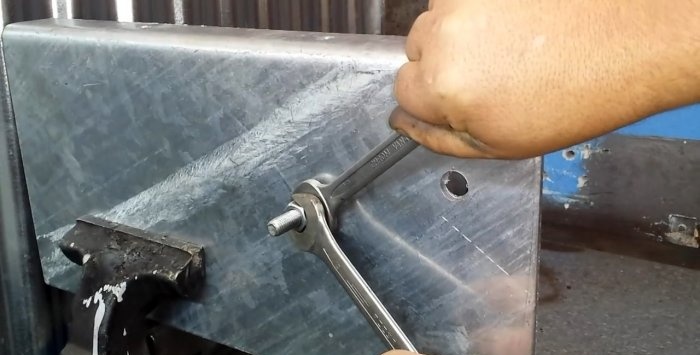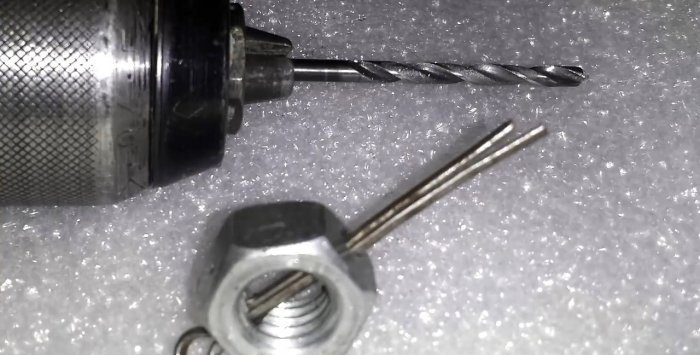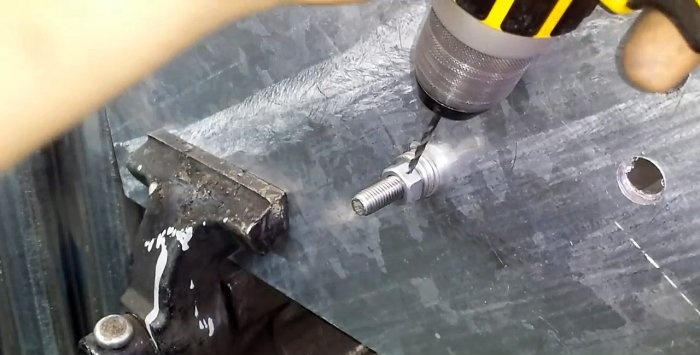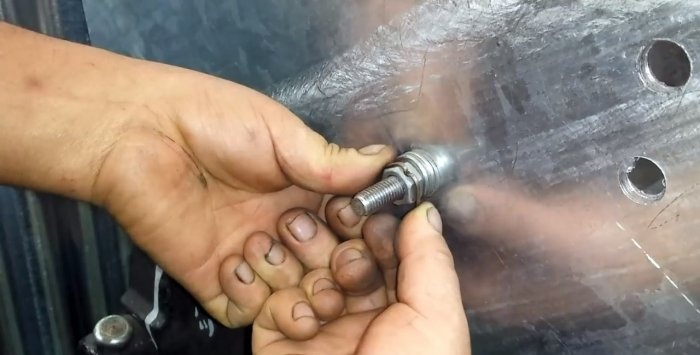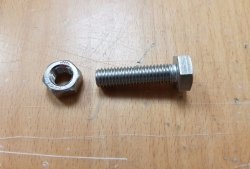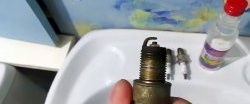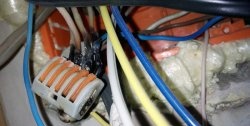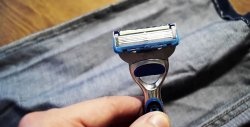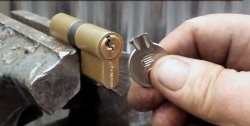Threaded connections are quite reliable and efficient. They are considered one of the most common and cost-effective. However, when exposed to vibration, there is a possibility of weakening them. This can often be seen in the example of nuts that loosen randomly during operation of various devices. Therefore, methods have been developed that can reduce this effect or completely eliminate it.
Ways to avoid loosening the nut
1. Using a washer. This method is one of the most common. It is used in the manufacture of household appliances and some types of industrial equipment. It does not have a high degree of reliability and is protected from arbitrary unwinding. A soft metal washer is placed on the thread, and then the nut is tightened, squeezing it out.
2. Washer and Grover. A more reliable method practiced by the transport industry. Protects the threaded connection from arbitrary unwinding even in the presence of slight vibration. First, a regular washer is put on the thread, and then a groover. After this, tighten the nut.The Grover here serves as a kind of spring, creating tension that prevents unwinding.
3. Special nut with lock. The method using a special nut cannot be called the most effective. However, it takes place in world practice and is used in some types of production.
4. Using thread locker. The composition is applied to the place where the nut will be located, after which it is put on the thread. This is a fairly effective way to prevent random unscrewing, but its effectiveness is affected by changes in temperature, high humidity and exposure to active substances. Therefore, its scope is limited.
5. Use of two or more nuts. One of the most reliable methods. Two nuts are screwed onto the thread at once. After clamping the first, the second is tightened separately, holding the first in its original position and even trying to unscrew it a little.
6. Fixation with a cotter pin. This is the most reliable method, able to withstand almost any external influence and strong vibration. It is used in particularly critical areas. The nut is fully tightened. Then, using a drill and a thin drill bit, a hole is made that pierces it along with the bolt. A pin is inserted into the resulting hole, the antennae of which are unbent, preventing it from falling out. Such a nut can be torn off only with a very strong rotational force in the direction of the thread.
